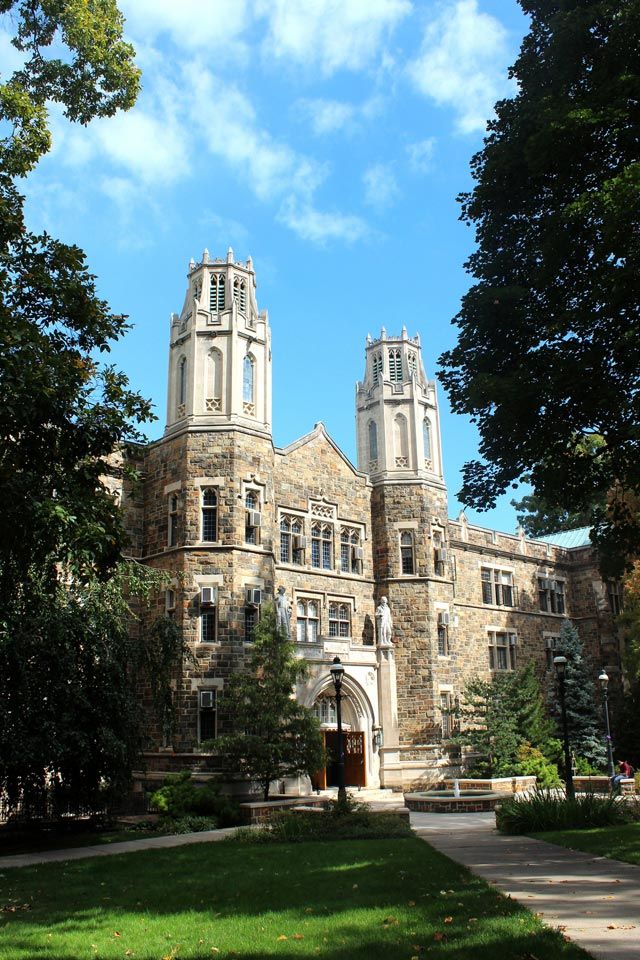A decade of research wins team a merit award from National Steel Bridge Alliance.
A team of structural engineers has won national recognition for work on an innovative steel girder used in a new bridge in western Pennsylvania.
The National Steel Bridge Alliance (NSBA), a division of the American Institute of Steel Construction (AISC), recently gave a merit award for short-span steel bridges to a team including Lehigh’s ATLSS (Advanced Technology for Large Structural Systems) Engineering Research Center.
The team’s concrete-filled tubular flange girder (CFTFG), which supports the inner structure of the bridge, is the product of more than 10 years of research, said ATLSS director Richard Sause.
The two-span bridge, a demonstration project built by the Pennsylvania Department of Transportation (PennDOT), carries traffic over the Tionesta Creek in Lynch Village, about 10 miles north of Marienville, Pa.
Sause and Bong-Gyun Kim ’05 Ph.D. developed the design concept for the Lynch Village Bridge. Sause, graduate student Haiying Ma and Eric Putnam ’09, ’10 M.S. then worked with engineers from Michael Baker Jr. Inc. of Moon Township, Pa., and PennDOT, as well as general contractor Francis J. Palo Inc. of Clarion, Pa., on final design and construction. The bridge opened to traffic in 2010.
Sause says the CFTFG maintains the strength and safety of a conventional steel girder bridge while making it more efficient to construct.
“Our goal at ATLSS,” he says, “is to conduct research on infrastructure that provides economical long-term utility, is resistant to natural and man-made hazards, and does not require high levels of maintenance. That means developing innovative systems that are economical and resistant to damage from day-to-day wear and tear or extreme loads, as well as finding the optimal time and means for maintenance.”
Sause’s group began the project with a study of conventional steel bridge girders and construction practices.
“Much of engineering is understanding what needs improvement,” he says, “and then looking for the best way to make that improvement, even if it’s a small change.”
A primary challenge in building a steel girder bridge, says Sause, is ensuring its stability during construction, when the girders may be inherently unstable. Bridge girders are often supported and braced temporarily while they are being erected and connected.
The CFTFG functions like a standard I-shaped steel girder, but the top plate, which is normally flat, is replaced with a concrete-filled rectangular pipe. The use of a pipe instead of a top plate adds significant torsional stiffness, which allows it to be more resistant to instability and wind loads during construction.
The project was funded by PennDOT, the Federal Highway Administration and the Pennsylvania Infrastructure Technology Alliance. The CFTFGs were fabricated by High Steel Structures Inc. of Lancaster, Pa.
“The Lehigh team worked at the research level in support of the engineering firm, PennDOT and the contractor,” says Sause. “Our motivation was to participate in moving this innovation into engineering practice.
“What is so great about this award is that the community recognized that the construction of this bridge demonstrated the innovation, which is in how the girder shape improves the erection process. That really validated the thinking behind the CFTFG.”

